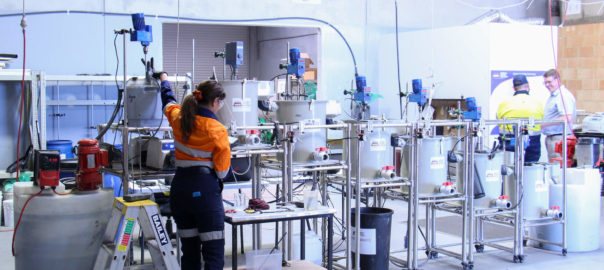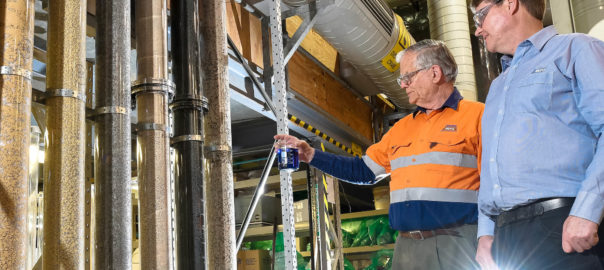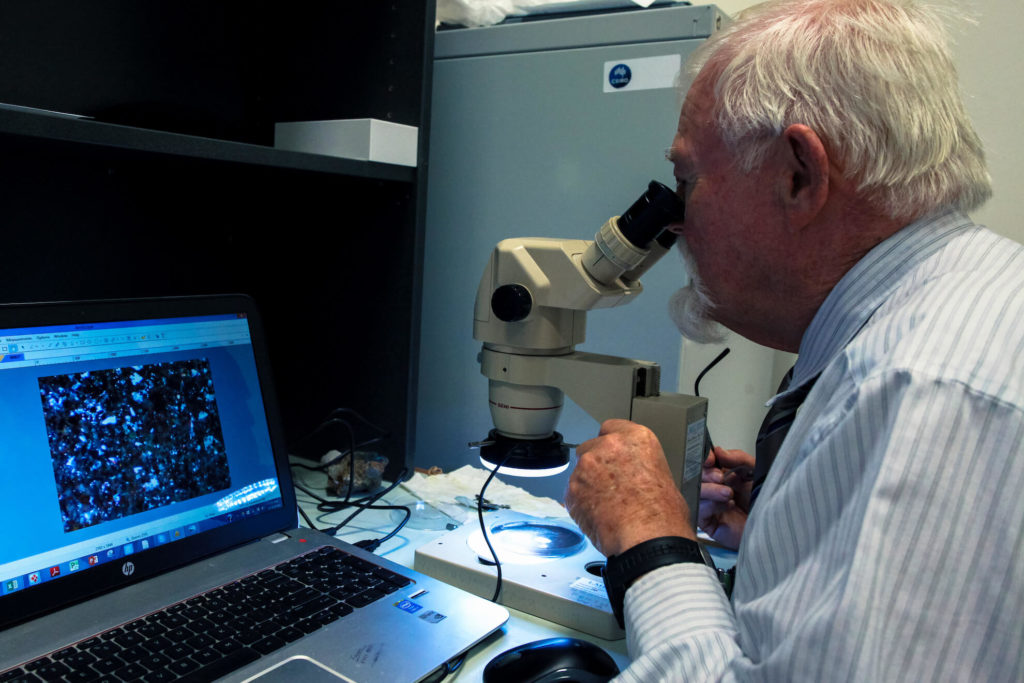Draslovka Holding a.s., a Czech family-owned global leader in cyanide-based specialty chemicals, says its glycine leaching technology has been selected to be part of the OZ Minerals’ Think & Act Differently (TAD) incubator and Waste-to-Value Challenge.
The latter challenge, announced back in December, sees Rio Tinto and Boliden working in collaboration with OZ Minerals to eliminate, minimise, reuse or find new value in mine tailings and ultimately reduce the global carbon footprint of the mining industry. Draslovka said: “The Waste-to-Value Challenge aims to unlock innovative technologies for managing tailings, helping the mining industry to reduce risk while extracting more of the materials the world needs from what was previously regarded as waste for the energy transition at large. Benefits that the initiative hopes to deliver include lower emissions and reduced waste.”
Draslovka offers a range of sustainable solutions to the global mining industry, and its glycine leaching technology (branded as its GlyLeach™ and GlyCat™ processes) represents the best environmentally-friendly alternative to traditional acid and cyanide leaching, according to the company. Due to its selectivity over gangue minerals and the recyclability of glycine, its use enables the recovery of both base and precious metals from lower-grade resources like tailings. This leads to a more sustainable production process and improved economics that are desperately needed to close the looming critical metal supply deficit.
Ivor Bryan, Draslovka’s Mining Innovation Director, said: “I am proud that Draslovka has been invited to participate in the Waste-to-Value Challenge with forward looking companies that understand the need to reimagine solutions for the mining industry. This aligns with our ambition to become the leading supplier for innovative and sustainable solutions for the wider mining industry.”
Speaking to IM on the sidelines of the recent Resourcing Tomorrow conference, in London, Bryan said the company was embarking on around 10 projects in the mining space, which will prove up the 3,500 hours of testing that has been conducted at MPS’ facilities in Perth, Western Australia.











